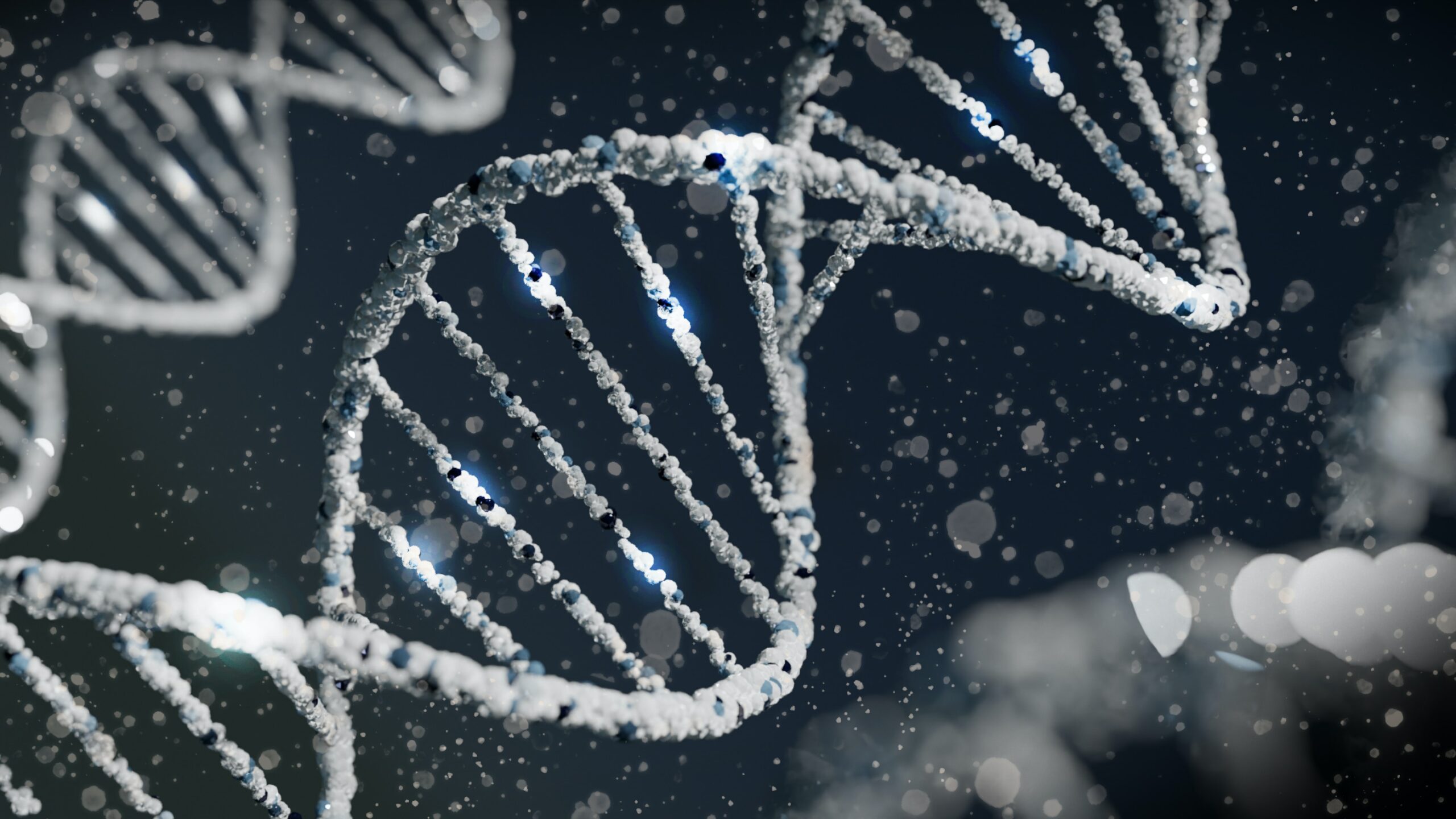
Researchers Examine DNA Repair in Active Smokers
Lung cancer is the leading cause of cancer death in the United States. For many years, the strong association between smoking and developing lung cancer has left researchers with this common question, “why don’t a majority of heavy smokers develop lung cancer?” The answer may lay within the somatic mutation of DNA.
Recent results from a study published in Nature Genetics indicate why some longtime smokers don’t develop lung cancer. Researchers at Albert Einstein College of Medicine examined genetic mutations in lung cells from smokers and non-smokers. They found that, while all smokers tend to have more cell mutations, the DNA repair mechanism in some patients seemed to be stronger. The somatic mutation in smokers may help doctors identify smokers who face a higher risk of developing lung cancer.
“Our data suggest that these individuals may have survived for so long in spite of their heavy smoking because they managed to suppress further mutation accumulation. This leveling off of mutations could stem from these people having very proficient systems for repairing DNA damage or detoxifying cigarette smoke,” the researchers said in the study.
Scientists Conduct Single-Cell Analysis of Somatic Mutations
Somatic cells are non-reproductive cells in the body containing two sets of chromosomes. A somatic mutation occurs when the DNA sequence of a somatic cell fluctuates. Germline mutations, in contrast, occur in the change of the body’s reproductive cells.
Somatic DNA mutations have been found in certain genes of lung cancer cells, including the TP53, EGFR, and KRAS genes. Previously, the theory that somatic mutations could prevent smokers from developing lung cancer has never been proven.
According to the study, smokers who never developed lung cancer have stronger DNA repairing genes, meaning the cells are less like to change and mutate. According to the study’s co-author, Simon Spivack, “[t]hese lung cells survive for years, even decades, and thus can accumulate mutations with both age and smoking.”
Most Common Lung Cancer in Smokers
Smoking is the leading cause of lung cancer. Lung cancers are categorized into types and subtypes. Non-small cell lung cancer (NSCLC) and small cell lung cancer (SCLC) are the two main types of lung cancer. Subtypes of lung cancer are determined by which type of cancer cell (squamous cell and large cell) develops. The most common form of lung cancer among smokers is squamous cell NSCLC.
Smokers are more likely to have mutated cells than non-smokers. While cell mutations may help prevent a smoker from developing lung cancer, other cancer-causing substances are tough to avoid. We come into contact with carcinogens on a regular basis. Significant exposure to dangerous chemicals such as asbestos can lead to a mesothelioma or lung cancer diagnosis.
Further, smokers and non-smokers alike can develop lung cancer from the effects of exposure to radon, uranium, arsenic, and several other naturally-occurring chemicals.
What Percentage of Ex-Smokers Get Lung Cancer?
Almost half of all lung cancer patients are current or former smokers. The percentage of smokers who actually get lung cancer varies by age, sex, and how much a person smoked during their lifetime. Male heavy smokers account for those most at risk for getting lung cancer, with a nearly 25% chance. The risk for female heavy smokers is about 18.5%, followed by male and female non-heavy smokers. The chance of developing lung cancer among former and non-smokers is minimal but possible.
Smokers who developed lung cancer can receive a variety of treatment options depending on their individual case. Treatment for lung cancer can reduce significant signs of lung cancer and extend a patient’s life by years.
The Einstein Cancer Center, where the genetic study took place, provides a variety of lung cancer treatment options but specializes in early detection. The study of somatic mutations among smokers could soon become a significant early diagnostic tool in diagnosing lung cancer at the Einstein Cancer Center and even seeking legal action.